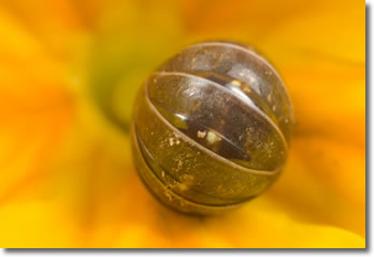PILL BUGS

The lowly pill bug—known to children everywhere as a “roly-poly” or “doodlebug”—is celebrated for nothing, save its entertaining habit of curling into a tight little ball when threatened. Who would imagine, then, that this creature might actually be good at something other than decimating this year’s crop of lettuce, beans and squash?
In reality, this tiny crustacean, Armadillidae vulgare, has the unique ability to reverse the effects of pollution. At industrial waste sites, such as coal spoils and slag heaps, pill bugs ingest toxic metals—copper, zinc, lead, cadmium, and the like—crystallizing them in the midgut and thus removing them from the soil.
Thriving where other species can’t survive, pill bugs also accelerate the formation of topsoil, making their role in contaminated landscapes doubly important. In the garden, too, pill bugs are among those creatures we depend upon to turn organic matter into soil. Decomposing leaves, grass clippings, and kitchen waste, they perform a most necessary alchemy.
Because they are, in fact, crustaceans—the only member of their class to make a go of it on land—pill bugs gravitate toward moist environments. Expending as much as 30 percent of their body’s water during nighttime foraging, pill bugs seek out places where they can absorb water vapor and rehydrate.
When the time comes to reproduce, the female will lay 30-80 eggs in a fluid-filled brood pouch—marsupium—where the young will hatch after a few days and leave the pouch six to eight weeks later. Until then, the male will guard the “family” in its burrow. Once out on their own, the young pill bugs will live—under good circumstances—from two to three years, sometimes as long as five.
I will be honest: This knowledge will not change my life. It will not make me happier or wiser or wealthier. Yet, it somehow matters that I notice all the small lives that converge with mine. As Mary Oliver puts it in the title of one of her poems, “The Real Prayers Are Not the Words, But the Attention That Comes First.”